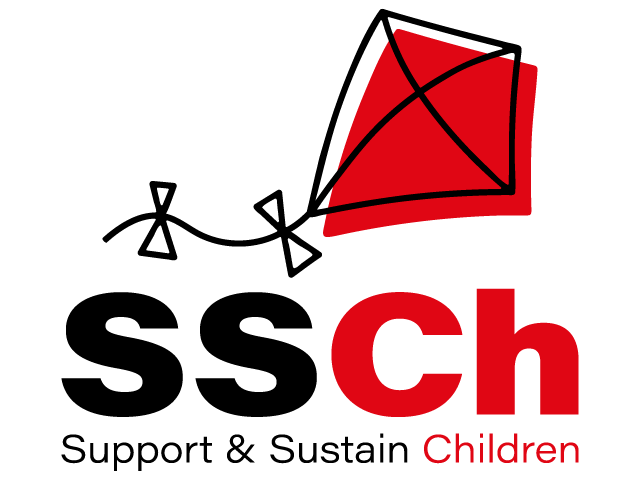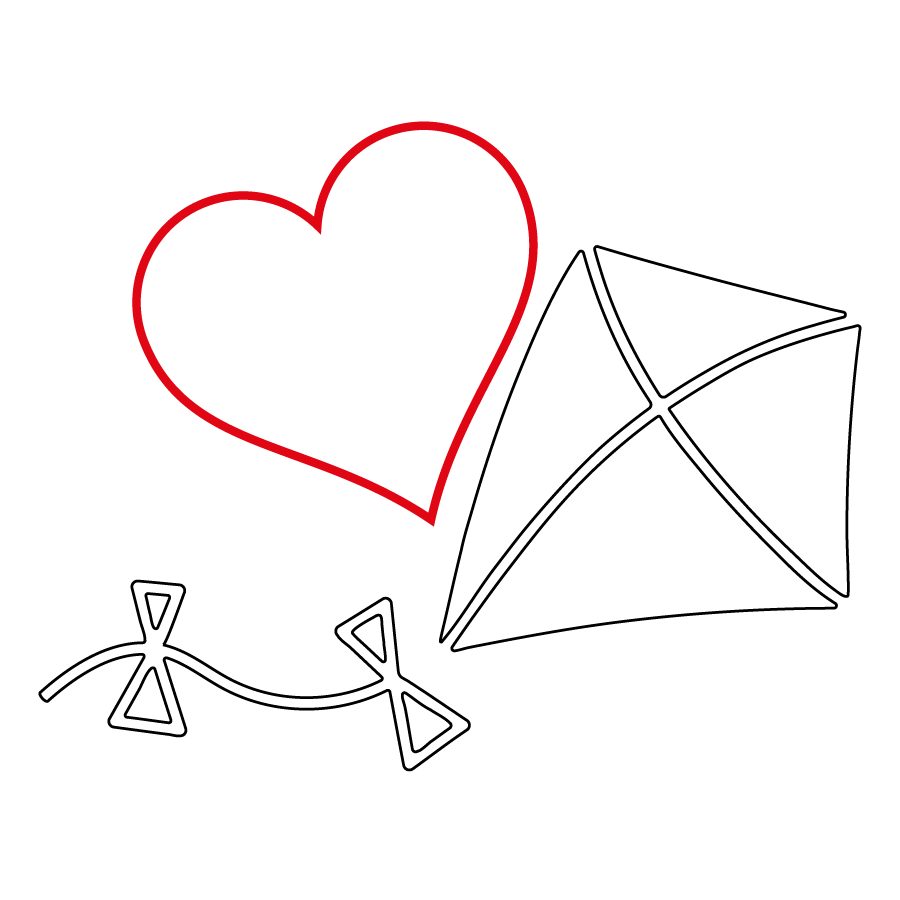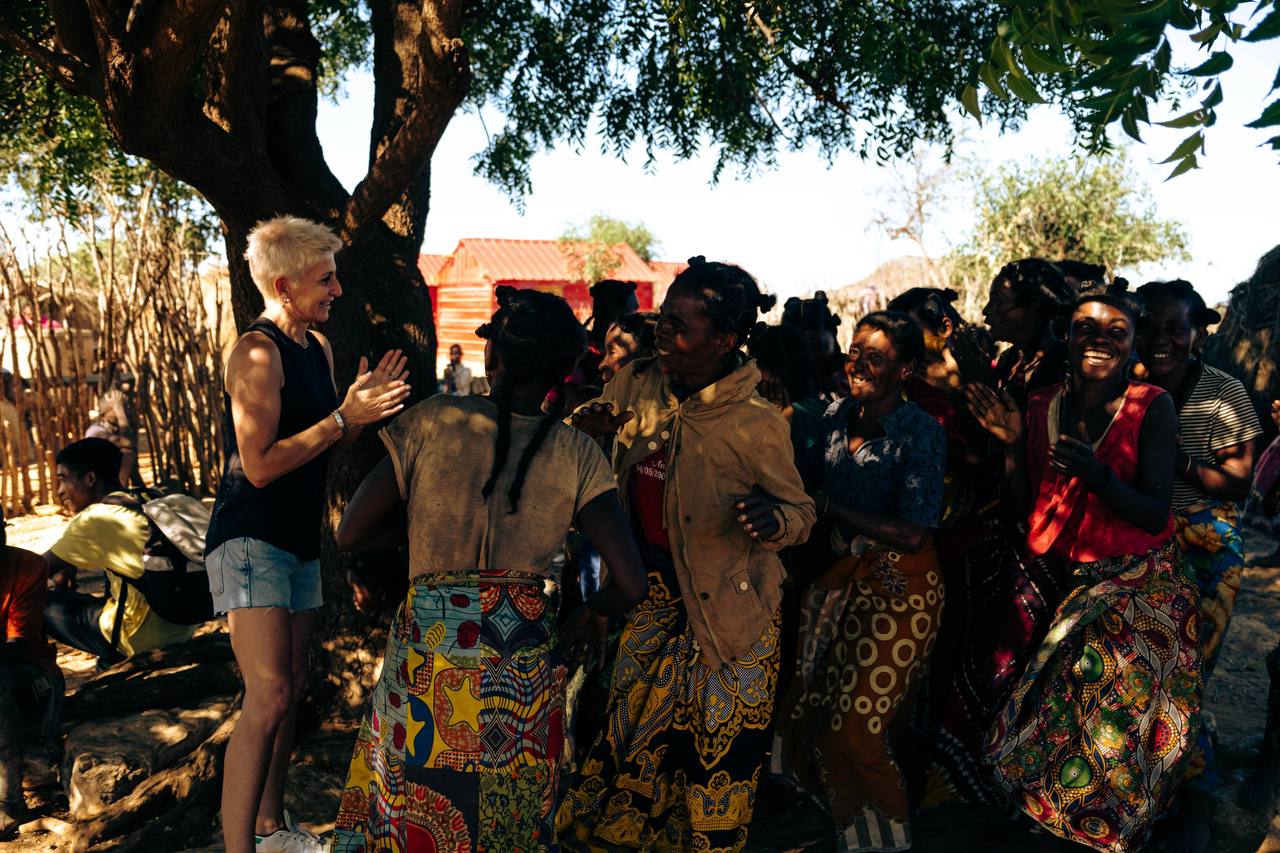Mission in Madagascar: water, care, resilience
We have just returned from our mission in Madagascar. It was one of the most complex and intense of recent times — a mission that challenged us, both humanly and logistically, and that gave us back – as always – far more than we were able to give.
We left Italy as a team of three: myself, Dr. Anna Menghini, and photographer Valentino Caridi. Giulio Castelli, an agronomy technician, joined us in Addis Ababa. Once there, we met up with our local team, along with a Malagasy doctor and an interpreter. Two teams, two directions: one technical, one medical. A single goal: to meet the essential needs of the four villages we’ve chosen to support.
Water to capture, water to protect
From a technical point of view, we continued the work started in November on rainwater harvesting. Climate change is disrupting the rainy seasons: rainfall is rare, irregular, and often out of season. The risk is that even when it rains, the water doesn’t stay. So we organized training sessions in the villages to explain how to retain it, how to protect it. Sitting on the ground, photocopies and hope in their hands.
Then came the actual interventions: expanding the first reservoir, digging two more, building channels. In three out of four villages, we found the right conditions to act. In the fourth, we will act soon: we plan to direct rainwater from the roof of an old school building to an existing tank. We adapt as best we can, always seeking the most suitable solution in harmony with the context and the land.
Care as a response
Meanwhile, the medical team visited the entire population of the villages. We brought medicines, essential tools, and medical expertise. And with every visit came a story. Some serious, some serious for far too long. A child and an adult underwent emergency surgery. A young girl was saved thanks to eight bags of blood. Hospital stays, medicines, food for companions – everything has a cost. A cost we assumed, as always, thanks to the support of people like you, who accompany us from afar.
We also launched a program for malnourished children: forty cases identified, differentiated treatments, and check-ups every fifteen days. Formula milk for the youngest, therapeutic foods for the older ones. Two months of treatment, two months of hope.
Rice, water, dignity
As always, we brought a truck full of rice, which we distributed among the villages. We also monitored the ongoing water distribution system, which continues even in our absence thanks to the weekly delivery by cistern. This time, a bureaucratic delay risked interrupting the service – but we couldn’t allow that. We purchased jerry cans and organized an emergency delivery, ensuring water for everyone.



